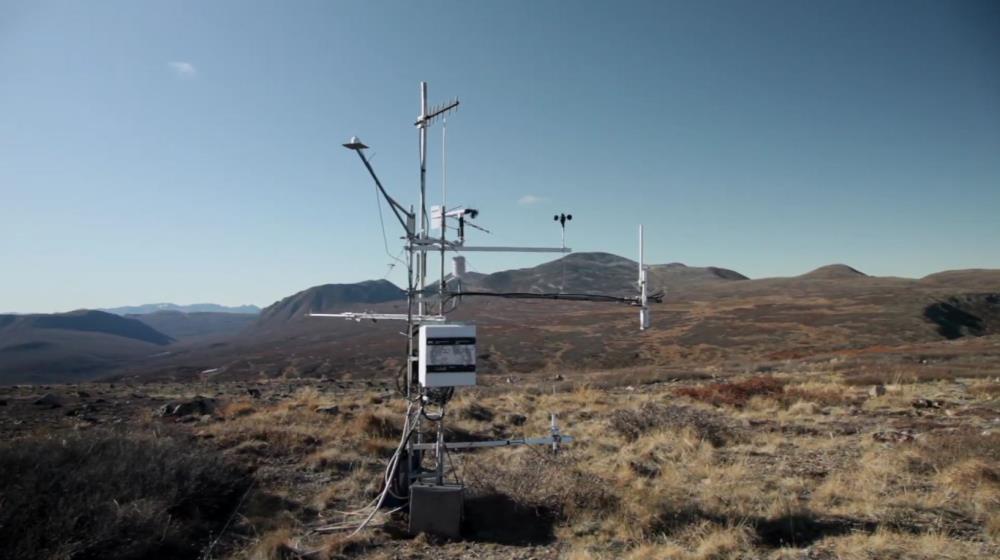
Related items loading ...
Section 1: Publication
Publication Type
Conference Presentation
Authorship
Harper Nathanael, Lynch M.D.J., Xie Y., Ankley P., Doxey A.C., Servos M.R., Giesy J.P., Craig P.M., Katzenback B.A.
Title
Evaluating eDNA metabarcoding primer sets in silico for characterization of vernal pool amphibian communities within the Grand River watershed
Year
2022
Publication Outlet
AOSM2022
DOI
ISBN
ISSN
Citation
Nathanael Harper, M.D.J. Lynch, Y. Xie, P. Ankley, A.C. Doxey, M.R. Servos, J.P. Giesy, P.M. Craig, B.A. Katzenback (2022). Evaluating eDNA metabarcoding primer sets in silico for characterization of vernal pool amphibian communities within the Grand River watershed. Proceedings of the GWF Annual Open Science Meeting, May 16-18, 2022.
Abstract
Environmental DNA (eDNA) is the genetic material shed by organisms (contained in skin, urine, scales, feces, etc.) into their environment. Detection of eDNA from an environmental sample is non-invasive and very sensitive, facilitating conservation and management efforts. Similarly, metabarcoding, which is the simultaneous detection of multiple DNA barcodes unique to a species within an eDNA sample, can describe the community of target organisms present at the sampling location. To optimize performance of eDNA metabarcoding for detection of amphibian species within vernal pools of the Grand River watershed, candidate eDNA metabarcoding primer sets should be thoroughly evaluated in silico before being applied in the lab and field.
Here, we evaluated multiple eDNA metabarcoding primer sets in silico for their ability to discriminate between target amphibian species and their affinity to local target amphibian species. Furthermore, we examined the affinity of each primer set for non-target wildlife and domestic species that may be present in the same sampling location, which could alter detection of target amphibian species. The primer sets evaluated all target the mitochondrial ribosomal 12S or 16S gene regions as the conserved stem and variable loop structure of these genes are ideal for metabarcoding. Sequence records were aligned with primer sequences and the predicted amplicons were examined to evaluate whether use of the candidate primer set produced a unique DNA barcode for all targeted amphibian species. Finally, the primer binding region was scored using PrimerMiner, which scores mismatches between the target DNA sequences and each primer set based upon position, type, and quantity.
Overall, results demonstrated that individual eDNA metabarcoding primer sets have varying results for target amphibian species affinity, species discrimination and non-target affinity for co-occurring wildlife or domestic species. One primer set did not adequately discriminate between all target amphibian species, while another had penalty scores which indicated unsuitability for the target amphibian species. Furthermore, many primer sets had equal or greater affinity to non-target species, which could impair detection of target amphibian species.
This work builds the in silico foundation for identifying reliable eDNA metabarcoding assays characterizing amphibian vernal pool communities in the Grand River watershed by identifying optimal assays that can subsequently be validated in vitro in the lab. Ultimately, an assay evaluated here will be used in situ to assay eDNA collected from vernal pools in the Grand River watershed, enabling seasonal and spatial trends in amphibian vernal pool communities to be monitored non-invasively.
Plain Language Summary
Section 2: Additional Information
Program Affiliations
Project Affiliations
Submitters
|
Nathanael Harper | Submitter/Presenter | nbjharper@uwaterloo.ca | University of Waterloo |
Publication Stage
N/A
Theme
Water Quality and Aquatic Ecosystems
Presentation Format
10-minute oral presentation
Additional Information
AOSM2022 Next Generation Solutions to Ensure Healthy Water Resources for Future Generations First Author: Nathanael Harper, University of Waterloo Additional Authors: M.D.J. Lynch, Dept. of Biology, University of Waterloo; Y. Xie, Toxicology Centre, University of Saskatchewan; P. Ankley, Toxicology Centre, University of Saskatchewan; A.C. Doxey, Dept. of Biology, University of Waterloo; M.R. Servos, Dept. of Biology, University of Waterloo; J.P. Giesy, Dept. of Veterinary Biomedical Sciences, University of Saskatchewan; P.M. Craig, Dept. of Biology, University of Waterloo; B.A. Katzenback, Dept. of Biology, University of Waterloo.


 GWFNet
GWFNet Master
Master Data
Data Research
Research Map
Map
 Advanced
Advanced . . .
. . .

 Metadata Editor
Metadata Editor
 Record List
Record List
 Alias List Editor
Alias List Editor
 Legacy sites
Legacy sites